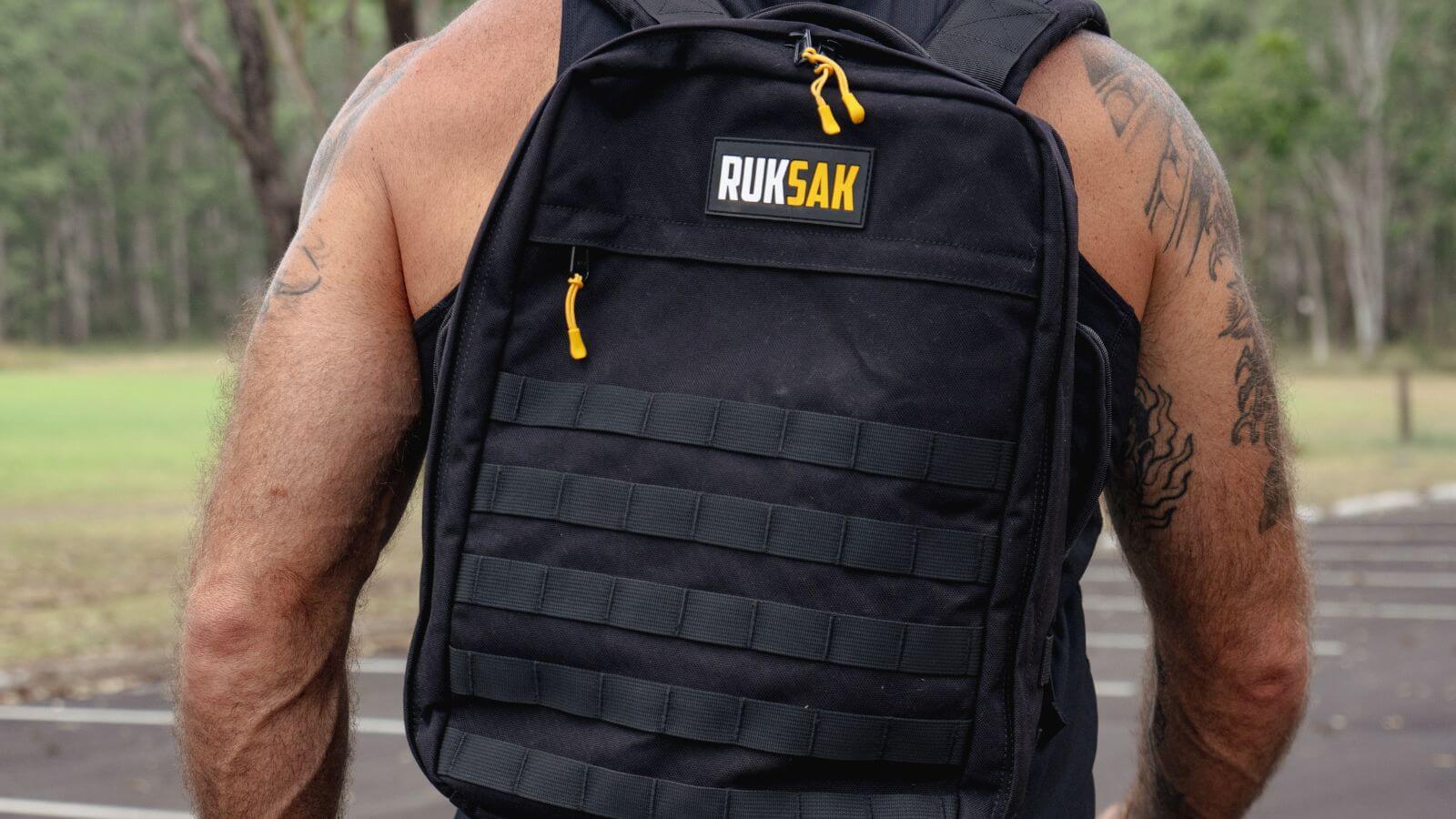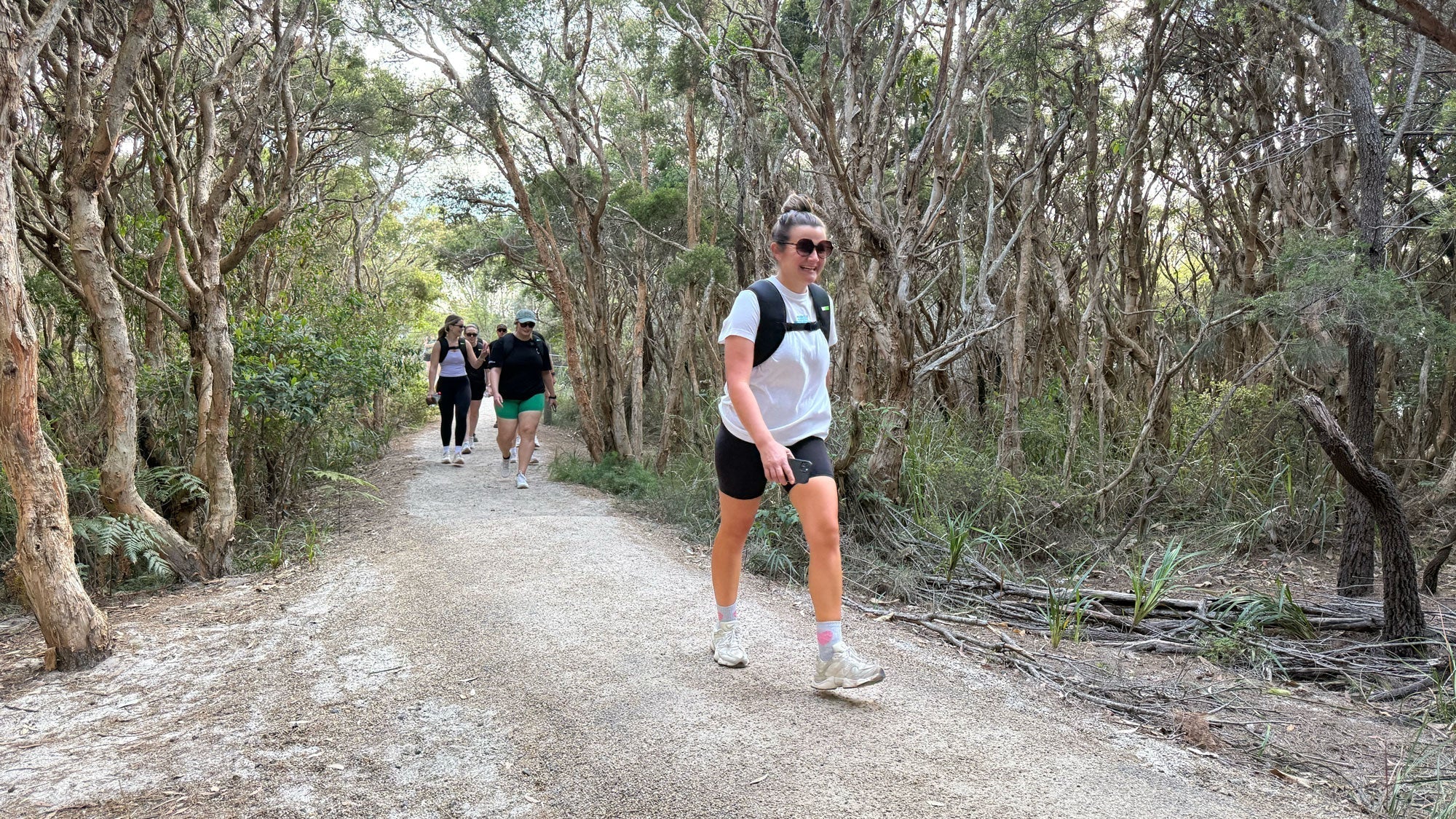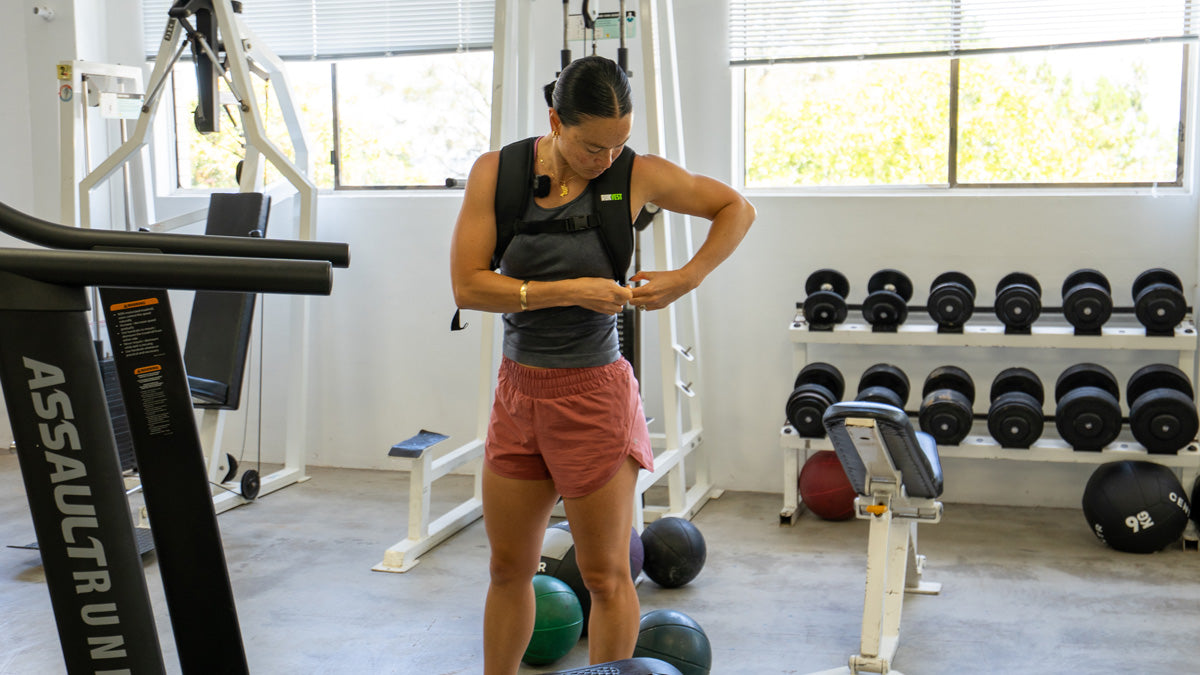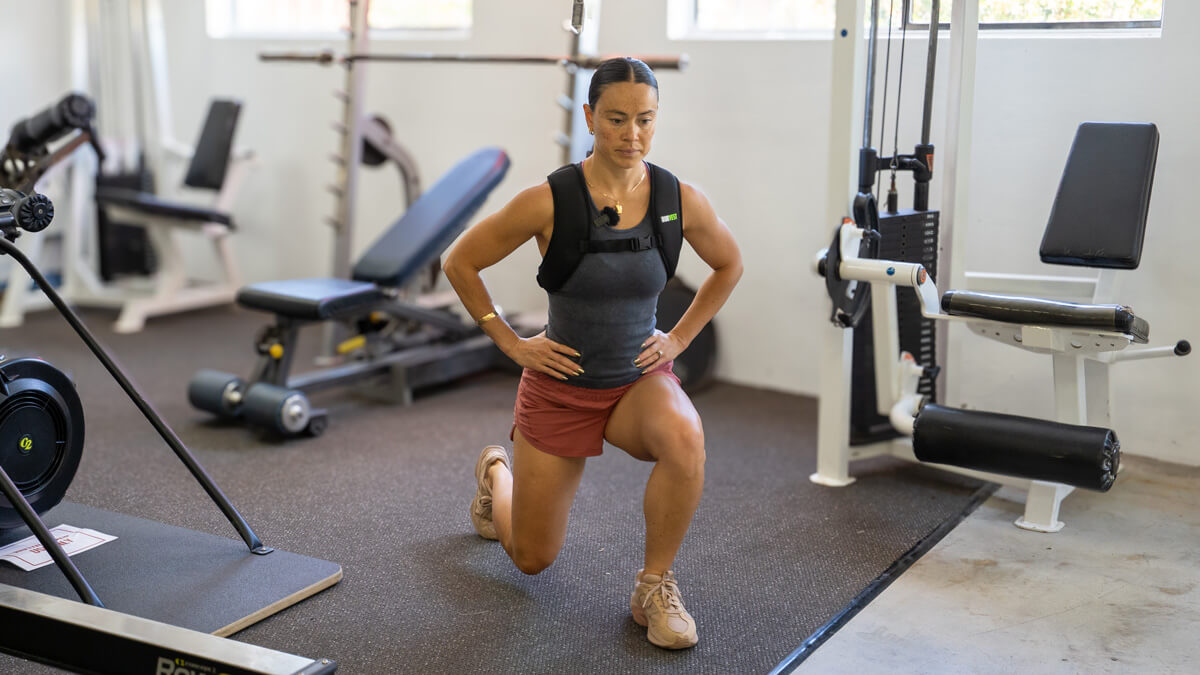In the quest for a longer, healthier life, maintaining muscle mass as we age emerges as a critical factor.
When it comes to muscle mass there are many well documented benefits of resistance training, but for some the thought of having to go to a smelly gym to do this style of training, is the deciding factor as to why they don’t do it any, if enough of it.
There is another option for those not keen on the gym though, and that's a lesser known, but effective method of exercise for both building and preserving muscle called rucking.
There are some fascinating links between regular rucking and muscle maintenance, which shed some light on how this simple yet powerful activity can contribute to human longevity.
Key Takeaways
- Maintaining muscle mass is vital for longevity, metabolic health, and quality of life.
- Rucking—walking with added weight—builds and preserves muscle without the need for a gym.
- It strengthens the legs, core, back, and shoulders while remaining low-impact and joint-friendly.
- Regular rucking supports muscle endurance, bone density, and overall functional strength.
- Easy to fit into daily life, rucking helps keep your body strong and resilient as you age.
Here are some facts around Muscle Mass Maintenance and Longevity.
Beyond the obvious function muscles play in general movement and strength, muscle tissue is metabolically active, which means it has an influence in metabolism, insulin sensitivity, and hormone regulation.
As we age, we tend to lose muscle mass, strength and function in a process known as sarcopenia. Sarcopenia can have several negative effects on health and well-being, including Reduced Mobility, Impaired Balance and a major loss of quality of life.
Research shows how sarcopenia has links to diabetes, obesity, chronic kidney failure, heart failure, vitamin D deficiency, and in men, loss of testosterone.
Now to the subject of rucking, what is it?
Rucking is essentially just walking with a weighted backpack on your back, but unlike traditional forms of cardio exercise that might break down muscle over time, it offers a unique approach to maintaining muscle mass by providing resistance training.

Here's how it works …
Rucking adds resistance to the muscles, so stimulates growth and strength development.
The consistent, rhythmic movement required to walk, engages multiple muscle groups, including the legs, core, back, and shoulders and this promotes overall muscle maintenance and endurance.
Rucking mimics real-life movements, making it a functional strength exercise that translates directly to daily activities. These movements require constant adjustments in posture and balance, engaging and stabilising muscles and promoting functional strength.
As an activity, rucking involves prolonged periods of moderate-intensity exercise, leading to sustained time under tension for the muscles. This extended duration of muscle engagement stimulates muscle fibres and promotes hypertrophy, or muscle growth, without the excessive strain associated with high-intensity workouts.
And unlike all those high-impact activities that build strength, rucking places minimal stress on the joints while still providing an effective workout. This makes it particularly suitable for individuals with joint issues or those looking for a sustainable, long-term exercise solution.
Research supporting the benefits of rucking to muscle mass is steadily growing. Studies have shown that regular rucking can increase muscle mass, improve muscle endurance, and enhance overall physical performance. Additionally, rucking has been found to preserve bone density, another essential aspect of musculoskeletal health.
Best of all, it's easy to incorporate into your daily schedule, whether you are commuting, walking the dog, mowing the lawn. Whatever forces you to move can provide an opportunity to walk more meaningfully by adding weight and helping maintain muscle, promote longevity and reap the benefits of a stronger, more resilient body.








Share:
Boost Bone Health: The Weighty Benefits of Rucking
The Benefits of Rucking: Improving Posture and Musculoskeletal Health